Open a whole new world of music production with this comprehensive Akai MPC Studio review. We will unveil various characteristics of the Akai Professional’s newer model, MPC studio, providing an insight into why it stands out among other digital audio workstations. This article is your one-stop guide to discovering all the unique features and specifications of this sleek and portable masterpiece.
If you are considering upgrading your music production game, the Akai MPC Studio could be just what you’re looking for. It promises uncompromised sound quality, impressive connectivity options in addition plays host to a multitude of features powered with advanced software making it an exceptional tool for both professionals and beginners alike.
| Feature | Specification |
|---|---|
| Brand | Akai Professional |
| Model | MPC Studio |
| Style | MPC Studio |
| Pads | 16 velocity and pressure-sensitive RGB pads |
| Connectivity | USB |
| Special features | USB powered, MPC pads, touch strip, transport controls |
| Software | MPC 2 Software |
| Educational features | Educational features, MPC Academy, preset sounds |
| Dimensions (W x D x H) | 12.0” x 6.7” x 1.5” (305 x 171 x 37 mm) |
| Weight | 1.5 pounds |
| MPC Plugin Instruments | 8 |
| MPC Plugin Instruments | 8 |
Akai MPC Studio: A Quick Overview
The Akai MPC Studio is a compact yet powerful music production controller designed to streamline the creative process for producers and beat-makers. Equipped with 16 velocity and pressure-sensitive RGB pads, this device ensures a responsive and dynamic experience when creating beats and melodies. The sleek design includes essential features such as transport controls and a touch strip, all powered through a simple USB connection.
In addition to its hardware capabilities, the MPC Studio comes integrated with the sophisticated MPC 2 Software, featuring educational elements like MPC Academy and various preset sounds. Users can explore eight versatile plugin instruments that enhance their music production toolkit. Lightweight at just 1.5 pounds, the compact dimensions make it an ideal choice for mobile producers seeking flexibility without compromising on functionality.
Unboxing
When you receive your Akai MPC Studio, be ready for a treat. Once delivered, the box that holds your new gadget might seem quite simple. But don’t let that simplicity fool you. Inside this box is a musical powerhouse waiting to impress and inspire.
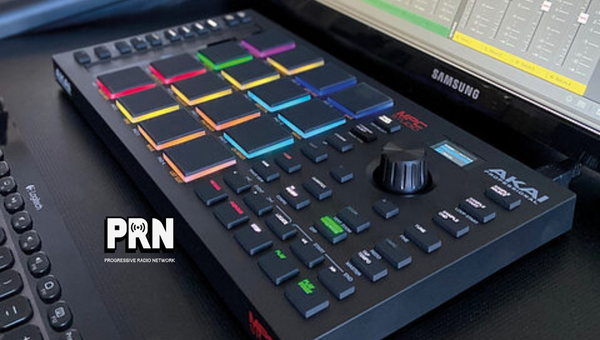
First thing you notice as soon as the seal breaks is the neat packaging, everything secured safely to ensure your device arrives in perfect condition. Removing the top reveals Akai MPC Studio in all its glory, looking sleek and elegant, begging to be used and create some beats.
But there’s more than just the device in this box. First up is a quick start manual, guiding users on how they can set up their new Akai MPC Studio with ease. This step-by-step guide ensures even beginners can get started without much difficulty.
Next up are cables necessary for using this gem – a standard USB cable helping connect your Akai MPC Studio to computers or other devices of choice. It’s important because it powers your device as well as transfers data proving itself highly beneficial.
And last but not least – MPC 2 Software comes included with every purchase making it a truly complete package for anyone wanting an easy start into music production journey.
So when unboxing the Akai MPC studio, prepare yourself for an excellent journey into sound creation!
Also Read: Yamaha Piaggero NP-12: Your Ultimate, Comprehensive Review
Sleek Design and Portability
One of the core things that immediately stands out about the Akai MPC Studio is its sleek design. Packed in a compact body with dimensions of 12.0″ x 6.7″ x 1.5″, you get this cutting-edge technology that not only looks good but performs even better. The unit has a smooth, shiny black finish that is pleasing to the eye. And despite being small in size, it doesn’t compromise on functionality or features.
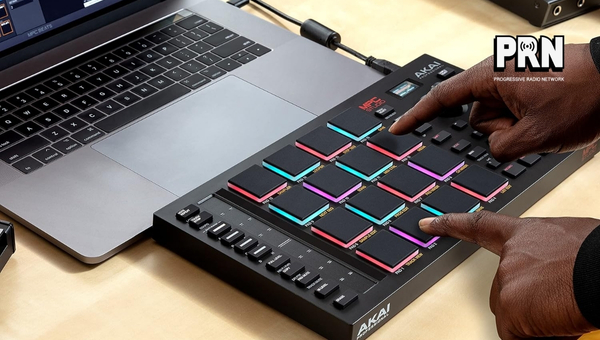
Consider the fact that it houses 16 velocity and pressure-sensitive RGB pads. Now you might wonder — what does this mean? Essentially, these pads are touch-sensitive which means they react to how hard or soft you hit them, giving you more control over your music synthesis.
But Akai didn’t stop at just making it look good; they put thought into portability as well! It weighs only 1.5 pounds which makes it a lightweight option for those who are constantly on-the-move.
Sound Quality
One quality that instantly distinguishes the Akai MPC Studio from other brands in a similar range is its remarkable sound quality. This includes how it handles audio resolution and sound reproduction, both vital aspects contributing to a top-notch overall sound performance.
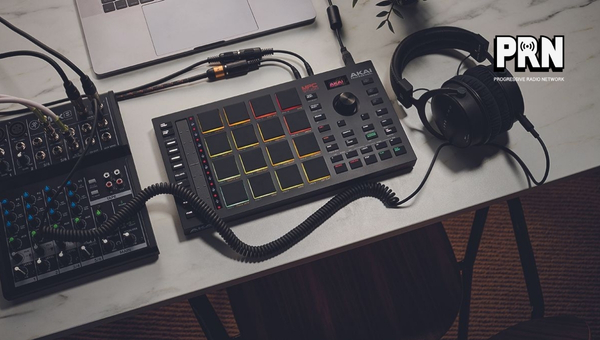
When discussing the audio resolution, the Akai MPC studio is nothing short of impressive. It effectively roars into life with each beat you create and masterfully brings out unique sounds in your mixture. With the aid of this device, you’re empowered with first-class tools to meticulously craft your music to achieve that optimal sonic balance.
In terms of sound reproduction, it’s fair to say that this device surpasses expectations. Understanding day-to-day challenges every music producer faces, Akai Professional has spent countless hours perfecting the ability of their 16 velocity and pressure-sensitive RGB pads to accurately replicate drum beats and harmonize melodies like no other. Whether you are a beginner or a professional music producer, capturing those clean, crisp sounds will be more than just a wish.
Connectivity
The Akai MPC Studio has a crucial feature that makes it truly stand out. This impressive feature is nothing other than its connectivity options. With this device, you don’t have to worry about complications relating to device connection.
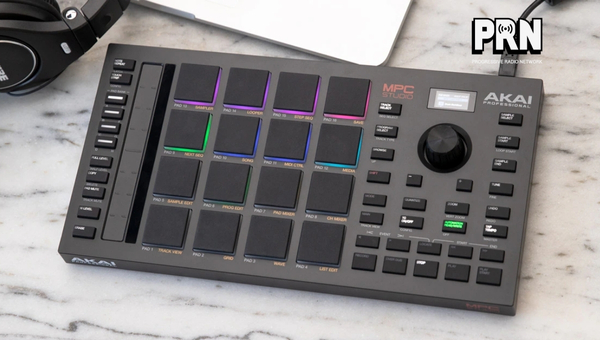
one of the primary ways to connect is via a USB cable. The beauty of USB connectivity is in its simplicity and ubiquity. So, whether you are at home, in a studio or on the move, you can easily plug your Akai MPC Studio into any computer system using a standard USB cable without any hassle.
Features
One of the key reasons people turn to Akai for their music production needs is because of the cutting-edge features offered by its products. Their MPC Studio is a clear illustration of this, boasting several unique aspects that are designed specifically to streamline and enhance audio production workflows. Let’s review these standout features in closer detail:
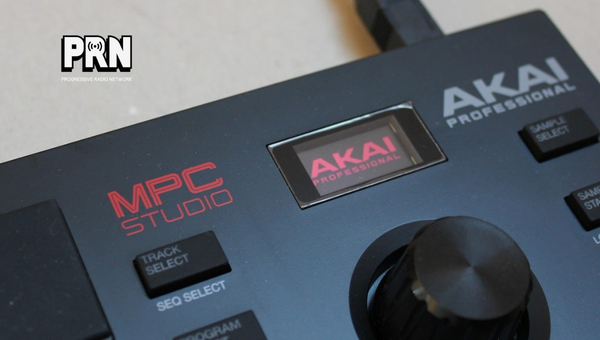
- 16 Velocity and Pressure-Sensitive RGB Pads: This defining feature allows users to accurately control sound input by altering the pressure and speed applied on the pad. The pads come with RGB (red, green, blue) lighting that helps creators visually track their beats.
- MPC 2 Software: What’s diamond without its shine? Similarly, what’s a great hardware device without appropriate software? The inclusion of MPC 2 software lights up this studio like a diamond in the rough. This software lets creators seamlessly mix loops and tracks while also aiding in sample editing and arranging beats.
- USB-Powered Functionality: With this feature, power outlets will no longer worry you! All you need is a USB port to get your Akai MPC Studio up and running smoothly.
- Educational Elements: Akai has included educational features like an MPC Academy which equips users with preset sounds, audio tracks, sound packs with demos, templates – all to help beginners get started easily!
- Compact Form Factor: With dimensions measuring 12” x 6.7” x 1.5”, accompanied by a weight of just 1.5 pounds – we have an ultra-portable gear indeed!
These are just some highlights from an extensive list of functionalities that make Akai MPC Studio stand out from competitors – subtly reflecting its commitment to delivering supreme quality products to admirers globally!
Also Read: Beyerdynamic DT 770 Pro Review: The Ultimate Guide
Pros & Cons
| Pros | Cons |
|---|---|
| Compact and portable | No touchscreen |
| Comes with 16 sensitive RGB pads | No audio inputs/outputs |
| Excellent sound quality | Not battery powered |
| Educational features and preset sounds included |
Conclusion
our Akai MPC Studio review, it’s clear that this device is a worthwhile investment for music professionals and enthusiasts alike. Its sleek design and excellent portability make it perfect for creating music on the go. The exceptional sound quality is unbeatable, complemented by an impressive range of connectivity options.
With unique features like educational aids and preset sounds, alongside 16 RGB pads for perfecting beats, it undeniably stands out in the market. Some mild drawbacks such as lack of a touchscreen or battery power do surface, but they are minor when weighed against its advantages.
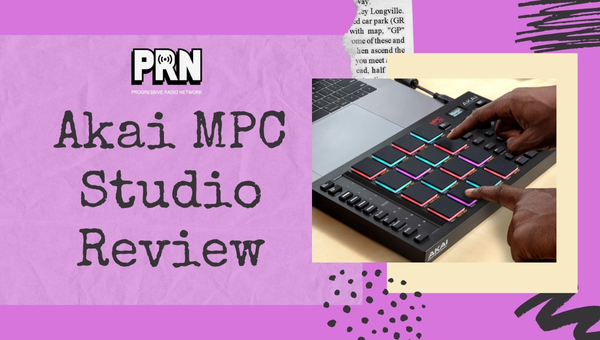
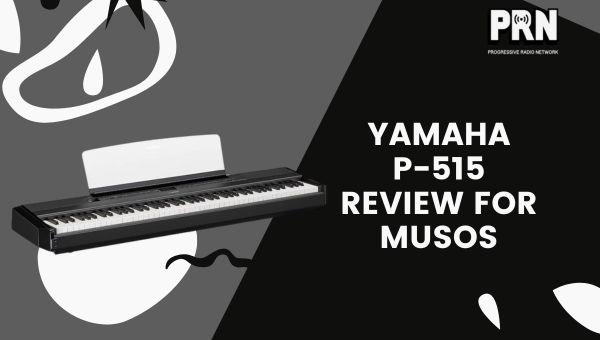
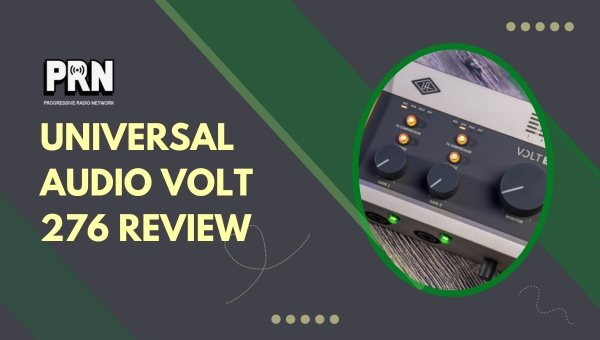
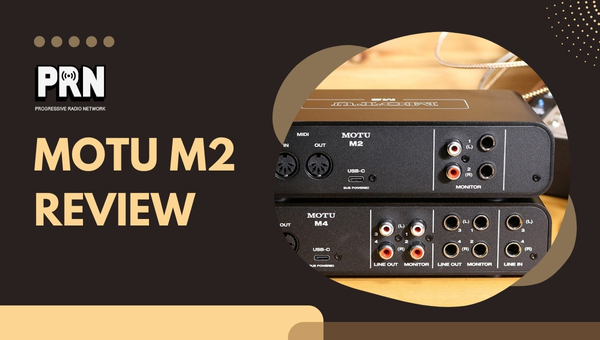


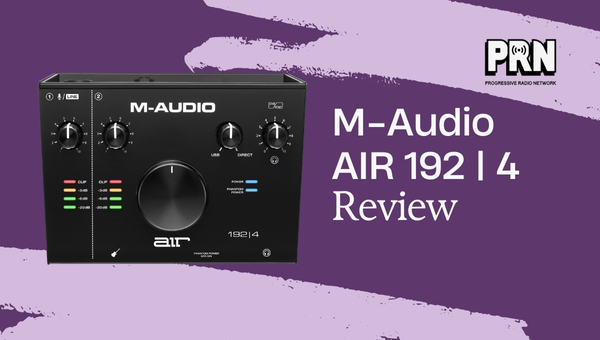
Leave a Comment